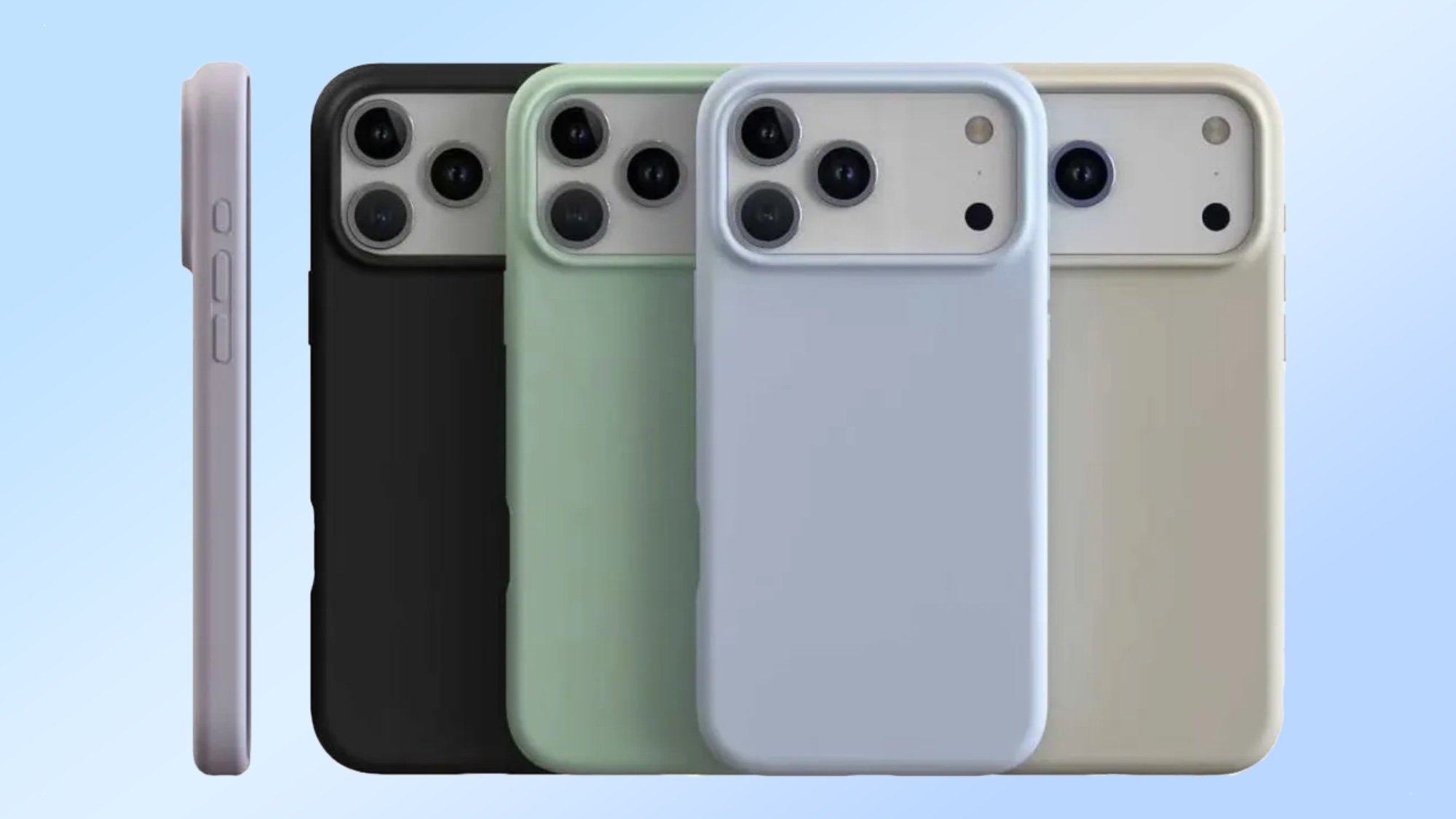The test results are in — Samsung’s new S95F OLED TV is the brightest I've ever seen
I never thought I'd see OLEDs like this
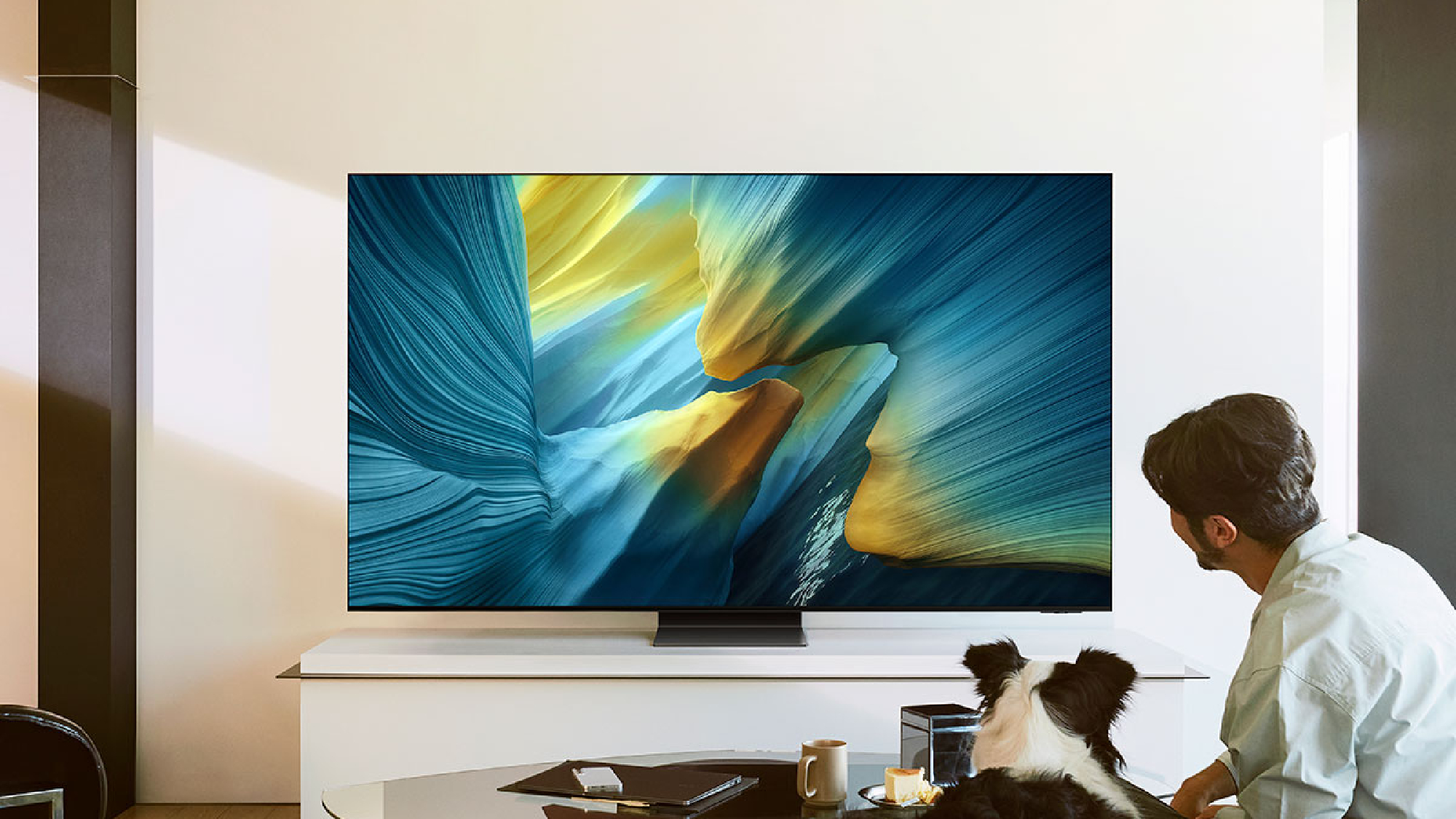
The fourth generation of Samsung’s flagship QD-OLED TV series is rolling out to retailers, but we’ve already put it through its paces with a round of in-depth testing.
The main takeaway? This is the brightest OLED I’ve ever seen.
I’ll let my colleague Stephen’s Samsung S95F review speak for itself, but having been lucky enough to spend a ton of time with this TV in recent weeks, I wanted to take a closer look at our test results to see how they align with my hands-on impressions.
What can we learn from the S95F test data?
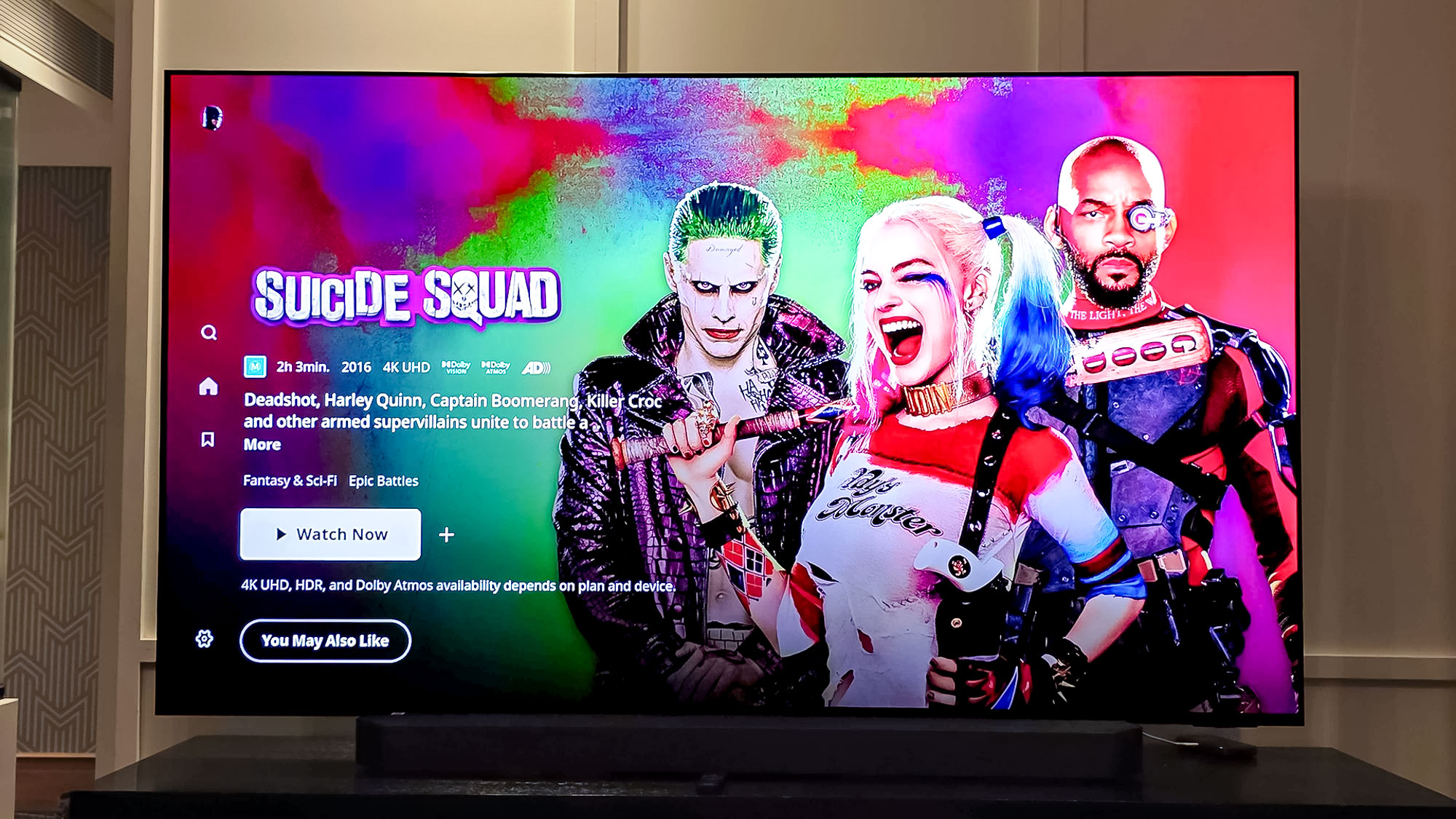
Here’s how the Samsung S95F compares to both its predecessor and some of its most recent competitors. Bear in mind that we’ve yet to test what are sure to be some of the year’s best OLED TVs in rival sets like the LG G5 and Sony Bravia 8 II.
| Header Cell - Column 0 | Samsung S95F (2025) | Samsung S95D (2024)
| LG G4 (2024)
| LG C5 (2025)
|
|---|---|---|---|---|
SDR Brightness (10%, in nits) | 267 | 276
| 358
| 335
|
HDR Brightness (10%, in nits) | 2,138 | 1,777
| 1,487
| 1,165
|
Rec. 2020 Gamut Coverage | 90.26% | 89.73%
| 72.91%
| 76.18%
|
Input Lag (ms) | 9.5 | 9.2 | 9.2
| 9.2
|
First, let’s talk about brightness. Indeed, the S95F is the brightest OLED TV I’ve ever seen. According to our testing, it’s brighter than its predecessor, the Samsung S95D, and to a significant degree I wasn’t expecting.
Compared to the LG G4 (LG’s top OLED TV in 2024), the S95F is even brighter — at least when it comes to specular highlights, like dapples of bright sunlight along the ocean’s surface. For standard, non-HDR content (like cable TV and most streaming shows), the LG G4 and C5 put up a punchier presentation, though not by much.
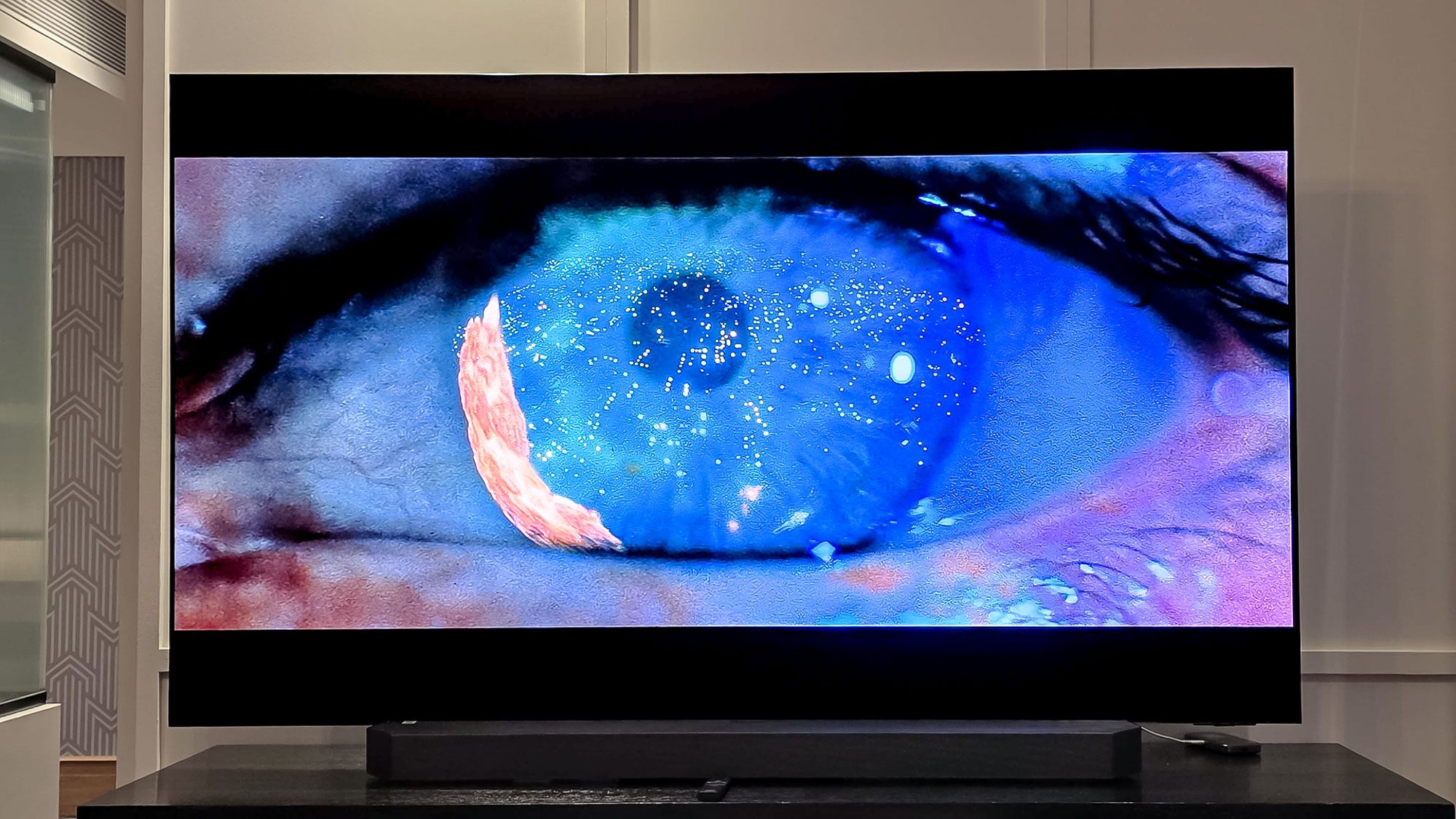
The S95F’s ability to drive searing brightness to small highlights is astonishing.
I saw the difference in real time while watching a 4K, HDR Blu-ray of “Wicked” on the S95F. The TV’s ability to drive searing brightness to small highlights is astonishing when paired with the perfect black levels of OLED. Personally, I would take the added highlight brightness over the slightly brighter SDR picture found on the G4 and C5. It just makes HDR content all the more impactful.
Sign up to get the BEST of Tom's Guide direct to your inbox.
Get instant access to breaking news, the hottest reviews, great deals and helpful tips.
Next up is color volume, an area where QD-OLEDs have traditionally outpaced WOLED-equipped TVs like the LG C Series and G Series.
Unsurprisingly, the S95F runs away with this category. It’s not seen as much improvement as I was hoping year over year, but given that it covers about 90% of the Rec.2020 color gamut, the S95F delivers better color volume than just about every other TV on the market.
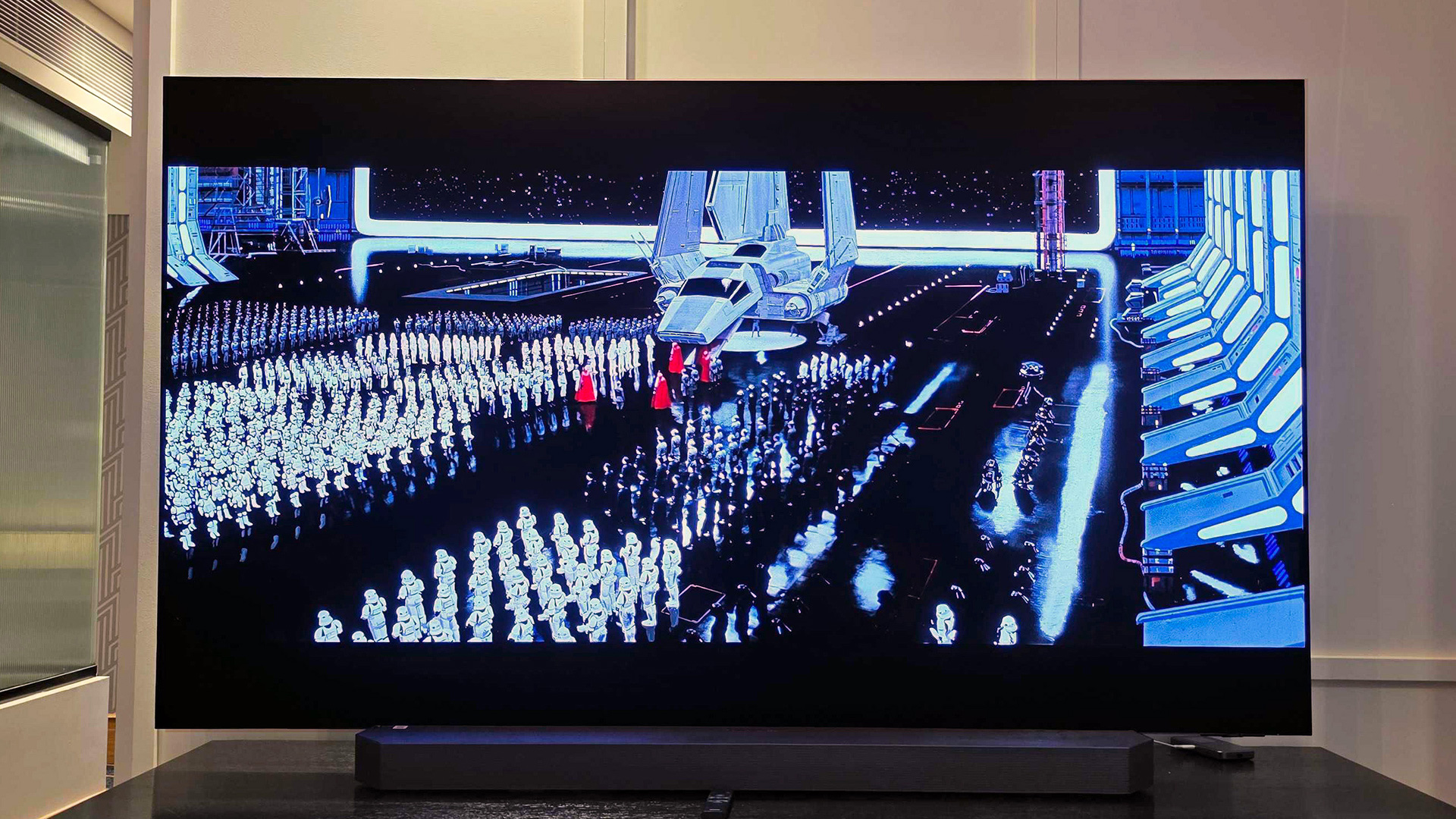
The S95F’s pure, radiant colors were on display throughout my time with the TV. Even movies with relatively muted color palettes look lush, and in Filmmaker mode, the S95F accurately dials in its color points.
I’m very interested to see how LG’s flagship OLED this year — the G5 — stacks up against the S95F. I suspect that LG Display’s new four-stack OLED technology will struggle to saturate colors as impressively as Samsung’s latest QD-OLED offering — such are the benefits of quantum dots, which allow for brighter, purer color.
Lastly, let’s get into gaming. All of the OLED TVs in the chart above come with roughly the same high-level suite of gaming features, including full HDMI 2.1 compatibility, VRR and dedicated game modes that offer useful ways to tweak the gaming experience.
When we take a look at input lag, it’s more of the same — but that’s not a bad thing. With a superb, sub-10ms input lag measurement, the S95F can hang tough with these high-end OLED TVs that deliver snappy, smooth gameplay.
Should you buy the Samsung S95F?
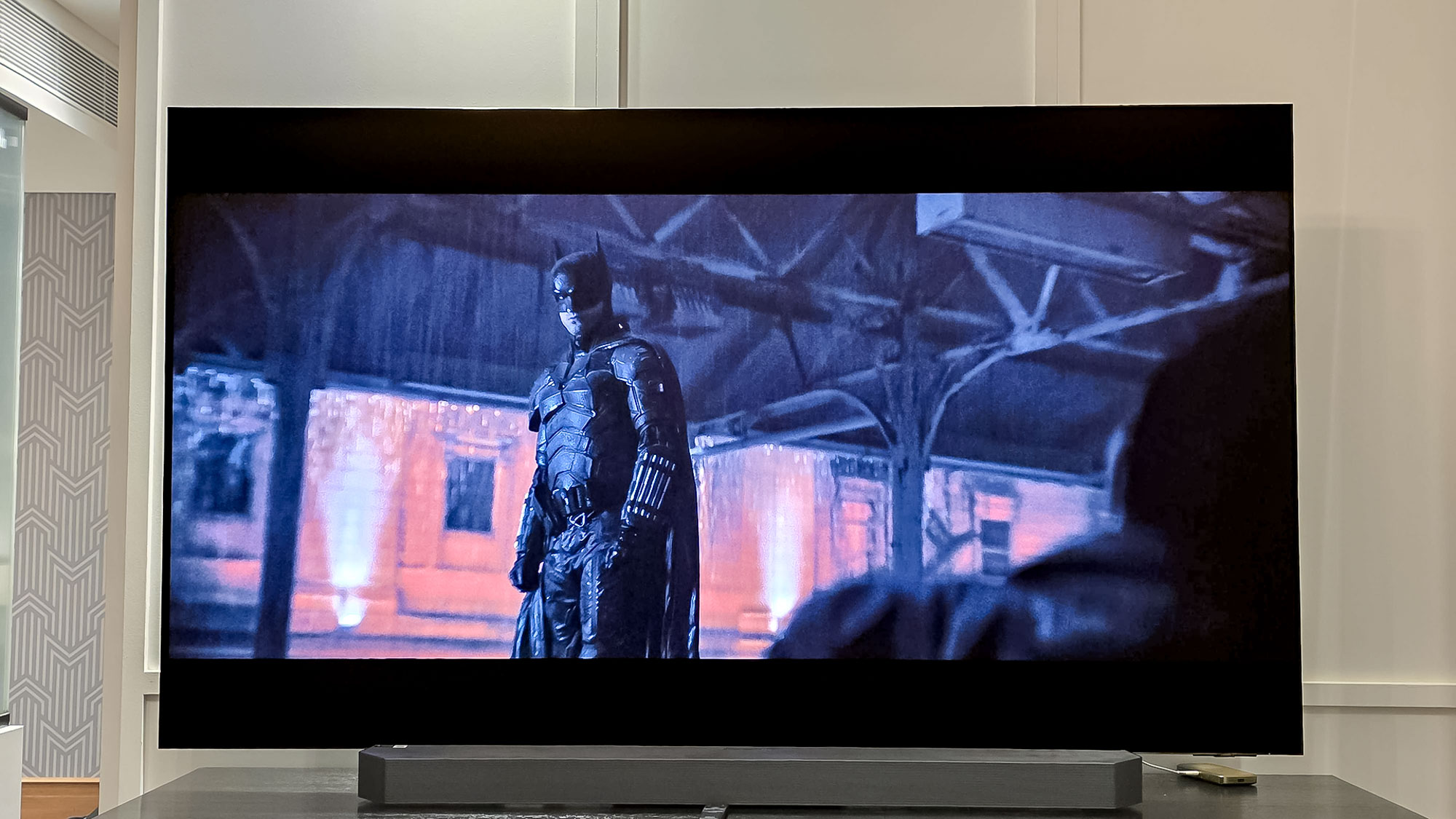
If money is no object and you’ve marched into 2025 determined to splash out on a fancy, flagship OLED TV, you have a few paths in front of you.
You could buy the Samsung S95F right now. At $3,299 for a 65-inch S95F, you’d be paying its eye-watering full price. But as one of the year’s best TVs, it’s a safe bet.
Alternatively, you could wait and see how the LG G5 and the Sony Bravia 8 II stack up against the S95F. The 65-inch LG G5 is $3,399 while the Bravia 8 II will launch at a staggering $3,999 for the 65-inch model. We’ll be testing both of them soon.
Personally, I’d take the third path: saving money by going with last-year’s S95D.
The Samsung S95D isn’t as bright as its successor, but it’s incredibly bright nonetheless. It also comes with a near-identical set of features for gaming and streaming, though it leverages a 144Hz refresh rate rather than the 165Hz refresh rate found on the S95F. (As someone who only plays console games, this spec doesn’t move the needle for me.)
Best of all, a 65-inch Samsung S95D is $2,197 at Amazon right now — a full $1,100 less than the newest iteration. The S95F is a step above its predecessor, sure, but if money is tight, the S95D is simply the more logical purchase.
More from Tom's Guide

Michael Desjardin is a Senior Editor for TVs at Tom's Guide. He's been testing and tinkering with TVs professionally for over a decade, previously for Reviewed and USA Today. Michael graduated from Emerson College where he studied media production and screenwriting. He loves cooking, zoning out to ambient music, and getting way too invested in the Red Sox. He considers himself living proof that TV doesn't necessarily rot your brain.
You must confirm your public display name before commenting
Please logout and then login again, you will then be prompted to enter your display name.
